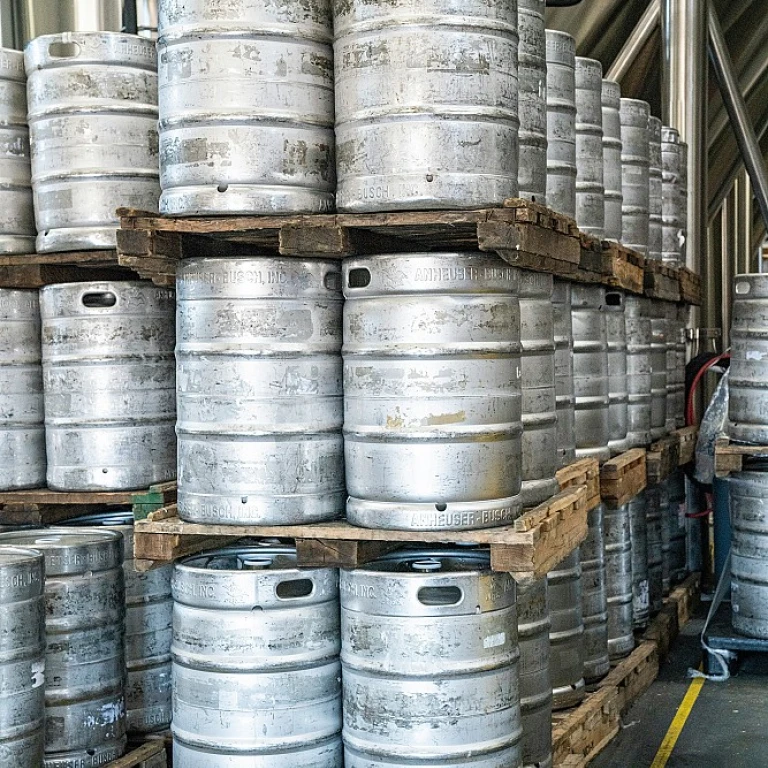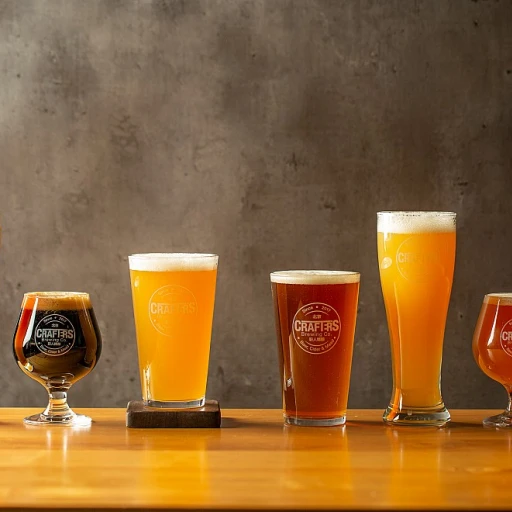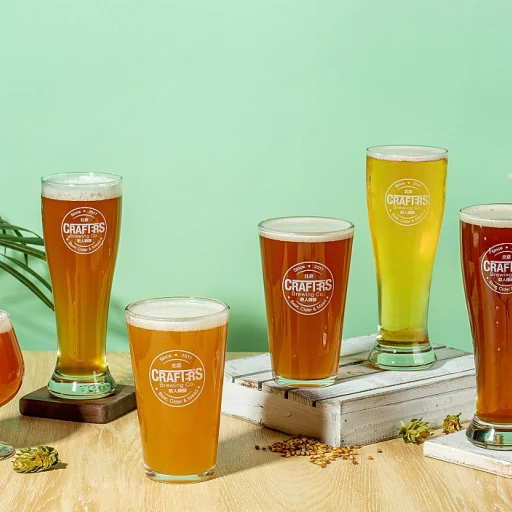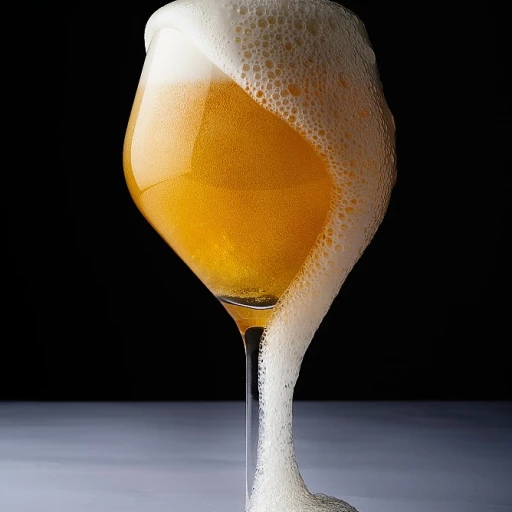
Apa pale ale origins and the american beer revolution
The roots of a modern classic
American pale ale, often called APA, emerged as a response to a growing desire for flavorful, hop-forward beers in the United States. While traditional pale ales from England inspired the style, American brewers began experimenting with local ingredients and innovative brewing techniques. This experimentation led to a beer that was brighter, more aromatic, and distinctly American in character.
The rise of APA coincided with a broader movement in the American beer industry. Small, independent breweries started to challenge the dominance of mass-produced lagers, sparking what many refer to as the American beer revolution. This period saw a surge in creativity, with brewers pushing boundaries and beer lovers seeking new taste experiences.
One of the defining features of APA is its use of American-grown hops, which contribute to the beer’s signature citrusy and piney notes. This sets it apart from its British counterparts and paved the way for other hop-centric styles. If you’re interested in how hop varieties and alcohol content play a role in these styles, you might enjoy reading about the ABV of Hopsecutioner IPA and its impact on flavor.
As you explore what makes APA unique and how it has influenced the broader beer landscape, you’ll see why this style remains a favorite among both brewers and beer enthusiasts.
What makes apa pale ale stand out from other beer styles
Key characteristics that define American pale ale
American pale ale (APA) stands apart from other beer styles thanks to its unique balance of flavors and aromas. While it shares some similarities with its British pale ale ancestors, APA has evolved to showcase the boldness and creativity of American brewing.
- Hop-forward profile – APAs are known for their pronounced hop character, often featuring citrus, pine, and floral notes. American hop varieties like Cascade, Centennial, and Amarillo are commonly used, giving the beer its signature aroma and taste.
- Balanced bitterness – Unlike the more aggressive bitterness found in many IPAs, APAs strike a harmonious balance between malt sweetness and hop bitterness. This makes them approachable for a wide range of beer drinkers.
- Clean malt backbone – The malt bill in an APA provides a subtle sweetness and a light to medium body, allowing the hops to shine without overwhelming the palate.
- Bright appearance – Typically, APAs pour a clear golden to amber color with a frothy white head, making them visually appealing in the glass.
These characteristics make APA a versatile choice for both casual drinkers and craft beer enthusiasts. If you are curious about how American pale ale compares to other hop-forward styles, you might enjoy reading about the distinctive qualities of Fantasy Factory IPA, which highlights the differences between APA and IPA in more detail.
Famous apa pale ales you need to try
Must-try American pale ales for every enthusiast
- Sierra Nevada Pale Ale – Often considered the benchmark for the style, this classic brew showcases the bright citrus and pine notes of Cascade hops. Its balanced malt backbone makes it approachable for newcomers and beloved by seasoned fans alike.
- Deschutes Mirror Pond Pale Ale – Known for its smooth drinkability and floral hop aroma, Mirror Pond is a staple in the American craft beer scene. The subtle caramel sweetness pairs perfectly with its crisp finish.
- Goose Island Pale Ale – This Chicago original delivers a refreshing blend of fruity hops and toasty malts. Its slightly dry finish and moderate bitterness highlight what makes American pale ales so enjoyable.
- Oskar Blues Dale’s Pale Ale – One of the first craft beers to be canned, Dale’s Pale Ale is robust and hop-forward, with a bold character that stands out in any lineup.
- Founders Pale Ale – With its complex hop profile and smooth body, this beer is a great example of how American brewers continue to innovate within the style.
Each of these beers reflects the unique qualities discussed earlier, from the vibrant hop aromas to the balanced malt flavors. If you are interested in exploring more about the heritage and experience behind American craft beverages, check out this in-depth look at flavor heritage and experience in the world of American drinks.
Tasting apa pale ale : what to expect
What your senses will notice first
When you pour an American pale ale into a glass, the first thing you’ll likely spot is its inviting golden to amber color. The clarity can range from clear to slightly hazy, depending on the brewery’s approach. As you bring the glass closer, a lively, citrusy aroma greets your nose—think grapefruit, orange, and sometimes pine or floral notes. This aromatic punch comes from the American hops that set this style apart.The first sip: a balance of hops and malt
On your palate, APA pale ale delivers a refreshing balance. The hops provide a crisp bitterness, but it’s not overwhelming. Instead, you’ll notice a gentle malt backbone, often with hints of caramel or biscuit, that rounds out the flavor. The finish is typically clean and dry, making it an easy-drinking choice for many beer fans.- Bitterness: Noticeable but not overpowering, with a pleasant lingering effect.
- Body: Medium-light, offering enough substance without feeling heavy.
- Carbonation: Lively, which enhances the refreshing qualities of the beer.
Pairing ideas for your tasting session
APA pale ales are versatile at the table. Their balanced bitterness and citrusy notes pair well with grilled meats, spicy foods, and even tangy cheeses. Next time you open a bottle, try it alongside your favorite burger or a plate of tacos for a satisfying match. Tasting an APA pale ale is about enjoying the harmony between hops and malt, a hallmark that helped shape the American craft beer movement.How apa pale ale shaped the american beer scene
The influence of apa pale ale on craft brewing culture
American Pale Ale (APA) has played a pivotal role in shaping the modern American beer landscape. Its rise paralleled the growth of independent breweries, inspiring countless brewers to experiment with bold hop flavors and aromatic profiles. This spirit of innovation helped fuel the craft beer movement, encouraging creativity and diversity in brewing techniques and ingredients.
- Gateway to craft beer: APA pale ales often serve as an introduction for those new to craft beer, thanks to their approachable bitterness and balanced malt backbone.
- Showcasing American hops: The style highlights the unique qualities of American-grown hops, setting trends that continue to influence new beer styles.
- Community and collaboration: The popularity of APA pale ales fostered a sense of community among brewers and beer lovers, leading to collaborations and local beer festivals.
From its origins to its distinct flavor profile, APA pale ale remains a cornerstone of American brewing, inspiring both seasoned enthusiasts and newcomers alike.













